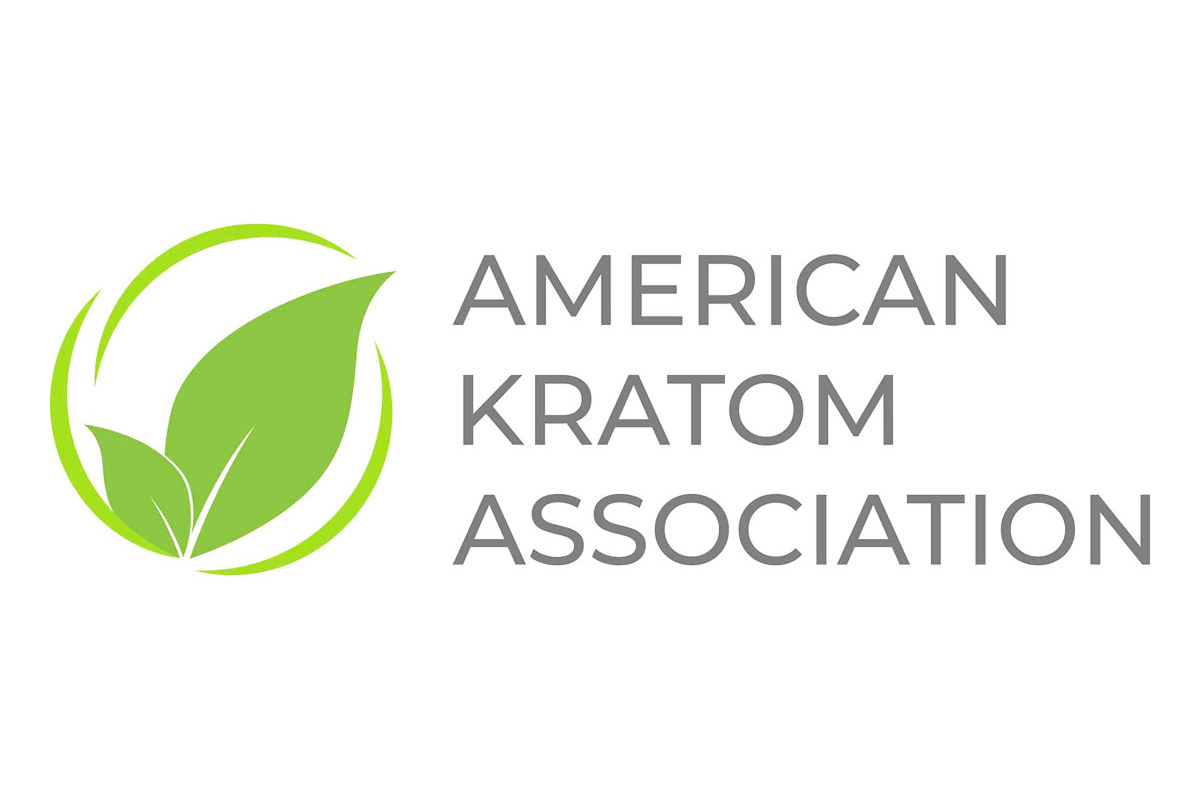American Kratom Association (AKA) said recent claims from manufacturers that the FDA has failed to meet the standard for scheduling 7-hydroxymitragynine (7-OH) as a Schedule I substance completely ignore the real scandal: these products never had a lawful basis for market entry in the first place.
From the moment 7-OH products hit the market in 2023, their manufacturers violated federal law by failing to meet the mandatory requirement that every product have a "reasonable basis for safety under the conditions of use" as stated on its label. That failure means every 7-OH product was unlawfully marketed from day one.
It is absurd for 7-OH manufacturers and their allies to now attack the FDA, HHS, and DEA by claiming insufficient science. The burden was never on federal regulators to prove safety before scheduling; they only evaluate risks to public health from the use of these products. The burden was on manufacturers to prove safety before marketing — and they flagrantly ignored that obligation.
Kratom’s History of Safe Use vs. Reckless 7-OH Products
Kratom itself has been safely used for thousands of years in Southeast Asia, and more than 45 years here in the United States. By contrast, synthetic 7-OH products have been on the market for only two years — and when they were introduced in 2023, not a single piece of safety data on their synthetic products existed to support their lawful entry into commerce. That distinction matters: kratom has a long, well-documented record of safe use, while synthetic 7-OH was pushed onto the market recklessly, with zero scientific foundation, and in direct violation of federal law.
The Facts About 7-OH
- 7-OH is chemically unstable and creates serious complications for identifying synthetic 7-OH substances in any post-mortem toxicology analysis.
- The claim that 7-OH is simply a “natural metabolite” of kratom is only true when describing the trace levels naturally present in the plant or the less than 2% fraction in natural extract products — not the concentrated, synthetically altered versions now being sold.
- Shaman Botanicals founder Stephen “Vince” Sanders II, publicly admitted that his process for creating 7-OH involves the chemicals used to “shock” backyard swimming pools. That is not natural. That is chemical synthesis.
Sanders leans heavily on the reputations of Dr. Smith and Dr. Boyer in his press release. The American Kratom Association calls on them to answer a simple and direct question: Do you agree that synthetically produced 7-OH — manufactured using “pool shock” chemicals — is in any way equivalent, in concentration or proportional mitragynine content, to the trace amounts of 7-OH found naturally in kratom plants?
The public deserves an honest answer.
This is not about regulatory overreach. This is about manufacturers who knowingly violated the law, skipped the safety requirements designed to protect consumers, and then tried to launder their synthetic compound into the legitimate kratom marketplace.
The American Kratom Association will continue to fight to protect consumers from dangerous and unlawful products that undermine confidence in the kratom market and put lives at risk.
About American Kratom Association (AKA)
American Kratom Association (AKA) is a consumer-based, nonprofit organization, focused on furthering the latest science as guidance for kratom public policy. AKA works to give a voice to millions of Americans by fighting to protect their rights to access safe and natural kratom. For more information, visit americankratom.org and learn more at kratomanswers.org.
Media Contact
Mac Haddow
press@americankratom.org


